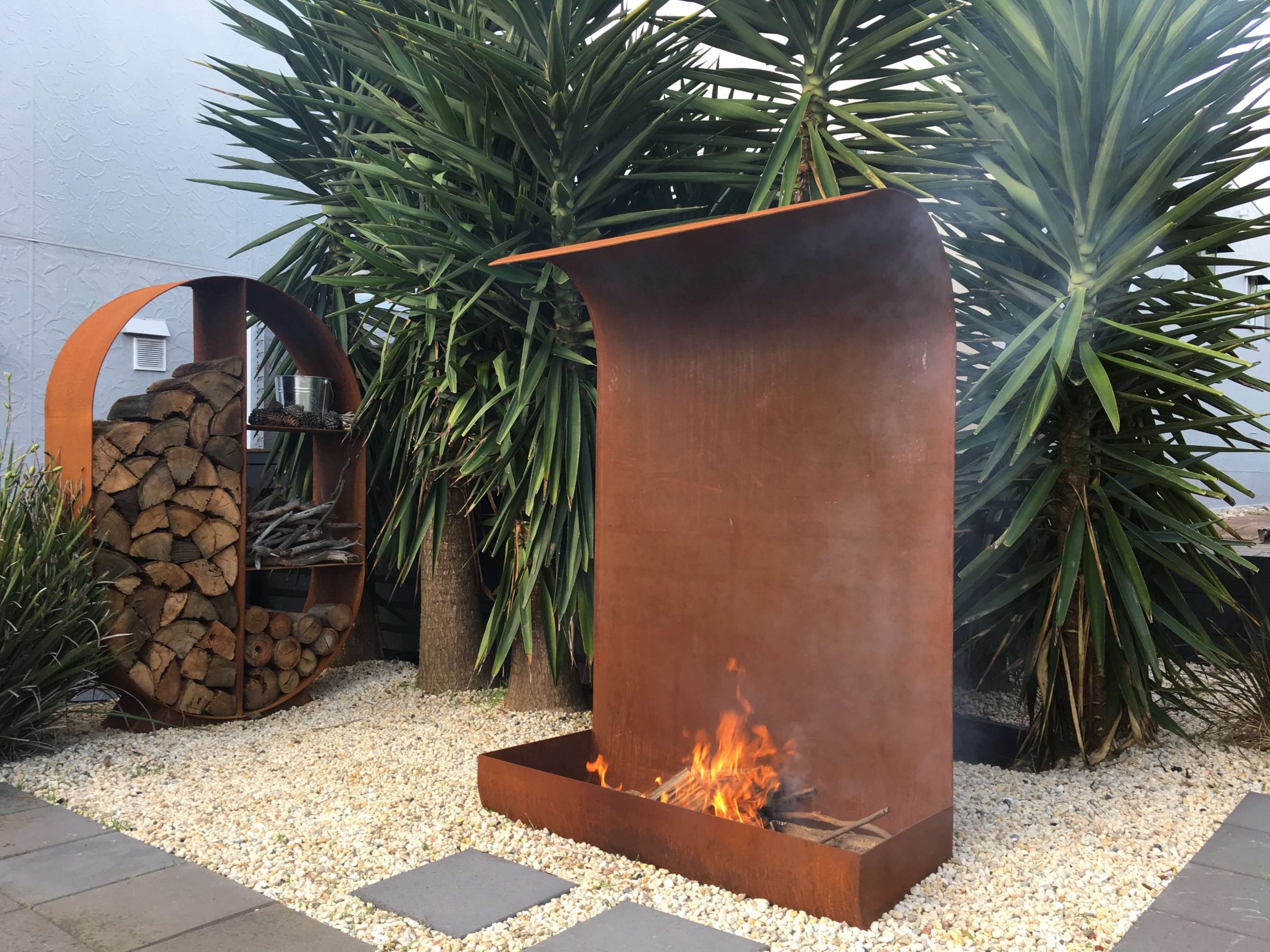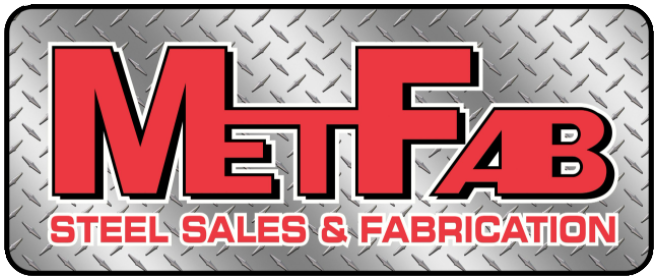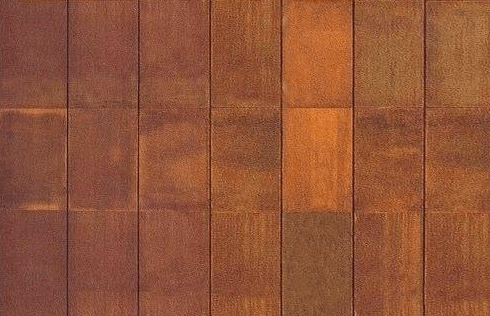Corten Retaining Walls and Why They Look So Good
Corten retaining walls are versatile and inspiring in many ways. Corten cladding, corten roofing, corten planters, and just about anything steel is used for is available in weathering steel (corten, so why not a retaining wall? A corten retaining wall can be an enduring secret to act as an excellent attribute for your contemporary garden design. Corten retaining walls are vital practical structures to protect constructions built on elevated sites as they stand strong against the load of the soil on the incline to keep the structures safe from eroding. Retaining walls are everywhere in Melbourne, and corten retaining walls are proving popular.
Sliding hills and sloped areas are susceptible to erosion and pose threat to structures and magnificent gardens and architectures. The extremely compact corten retaining walls offer a modern solution and can be installed on any surface to provide safety for construction projects, artistic sculptures, and landscape architecture built on elevated sites.
Corten retaining walls can easily achieve any shape or size you need and are erected on the face of an artificial excavation to hold the soil behind it while the other side is visible. A cor-ten retaining wall can be one of the most exciting ways to elevate your landscape, garden design, modern yard system, backyard landscaping, and much more.
Before digging deeper into different types of retaining walls let us try to understand what they are made from?
Retaining Walls Made From Corten?
Corten is also known as COR-TEN steel, (CORrosion resistance with TENsile strength). As the name indicates, Corten has enduring corrosion resistance and offers tensile strength to support the extreme load without fracture. Corten steel is a blend of tough steel and alloys created to survive different weather conditions being the reason Corten steel is well known as weathering steel.
The oxidized coating on the Cor-ten steel exterior is self-protecting and is achieved with an additional alloying element mixed in with iron and carbon atoms to prevent rust from penetrating into the deeper layers of the panel and damaging them. This characteristic of Corten steel makes it one of the most prevalent materials employed today in the world of contemporary landscape architecture.
How is Cor-Ten and Weathering Steel the Same Metal?
Cor-Ten and weathering steel although being used as synonyms vary in their meanings. Cor-Ten is the patented trademark registered in 1933 by “The United States Steel Corporation” to develop this distinct metal that has increased resistance to atmospheric corrosion under which the weathering steel is best known today.
Corten Steel is a cutting-edge material that effectively resists the corrosive impacts of various weather conditions such as flooding in Melbourne. This special attribute of Corten steel blocks the dissemination of elements thereby eliminating the need to paint it. Looking into the rewards, Corten steel has made its place today among the preferred choices not only in landscape architecture but also in engineering constructions as well as outdoor sculptures and art installations.
Different Types Of Retaining Walls
Retaining walls are structures considered to confine soil to unnatural slopes and are often seen in terrains to bound soils between two different elevations. Retaining walls are also common in regions where the landscape needs to be formed severely and engineered for more specific reasons such as roadway overpasses or hillside farming.
Let us dive directly into understanding the four basic types of retaining walls:
Cantilevered Retaining Wall
The cantilever retaining wall is the most popular retaining wall and can be either prefabricated off-site or constructed on-site. A cantilever retaining wall sometimes called reinforced retaining is typically designed with reinforced material and has a thin stem and base slab which is divided into two portions, heel and toe. The part of the base slab beneath the soil is termed the heel, and the other part is called the toe. The weight of the soil above the slab holds it down and prevents it from tipping over.
Cantilever retaining walls require a smaller quantity of concrete in comparison to gravity walls but need a careful execution of their design and construction. While designing cantilever retaining walls, the most important consideration should be about its sliding, overturning, and pressure bearing aspects.
Sheet Piling Retaining Wall
Sheet piling retaining wall can be of steel, reinforced concrete, vinyl, or timber and is directly driven into the soil by one-third of the length of sheet piling. These walls are created to hold the earth, water, or other filling materials. When compared to masonry walls, these are thinner in section to occupy less space.
Sheet piling retaining walls are generally used for waterfront structures, building diversion dams, securing river banks, and also in retaining the sides of excavation in the earth. Sheet pile uses counter force to negate the top force and keeps it from tipping over since it is deep driven into the soil.
Anchored Retaining Wall
As the name suggests, anchored retaining walls are supported by anchors driven deep into the soil, and their ends are filled with concrete and then attached to deep cable rods and wires sideways. Anchored retaining walls work better to provide supplementary support to structurally thinner walls, or wherever the space is limited for gravity and also in case of higher loads.
Anchored retaining walls are an effective choice for loose soils over compact rocks and are well accepted in the construction of highways to prevent rocks from falling on the highways. Depending on the soil condition and site, anchored retaining walls can be structured to a moderate height of around 40 feet.

Gravity Retaining Wall
A gravity retaining wall is a massive or pyramid-like structure that can neither tip over nor can be moved by the earth. Gravity retaining walls are dependent on self-weight to resist lateral earth pressure. As it requires a substantial gravity load to counteract soil pressure, the gravity retaining wall uses absolute weight and mass to hold the soil intact.
Most gravity retaining walls require a small dugout to fit into, some walls will require a tangible footer to be seated on but the walls of lesser height require no supplementary strengthening. Gravity retaining walls are economical for a height up to10 ft and are not reinforced. This is mostly used in dams or simple dykes.
Why Do Cor-ten Retaining Walls Look So Good?
Cor-ten retaining walls exhibit versatility in contemporary garden plans due to their nice, slim profile without the bulkiness of a concrete wall. Corten retaining walls look functional and architectural.
Being multichromatic, the subtle shadings of Corten provide depth and a sense of liveliness making it a dynamic material for retaining walls.
Apart from its long-lasting benefits, landscape designers appreciate a Corten retaining wall where a concrete wall would visually devastate its environs.
Cor-ten retaining walls can not only transform the ambiance of landscape architecture but also outdoor sculptures and art installations. The aesthetic value of Cor-ten retaining walls is unrivaled.
Conclusion
While corten retaining walls can be more than just attractive and enduring, implementing the right corten retaining wall technique on your property is the key. Corten retaining walls are incredibly effective to protect your property especially on a hilly yard, or an elevating landscape.


